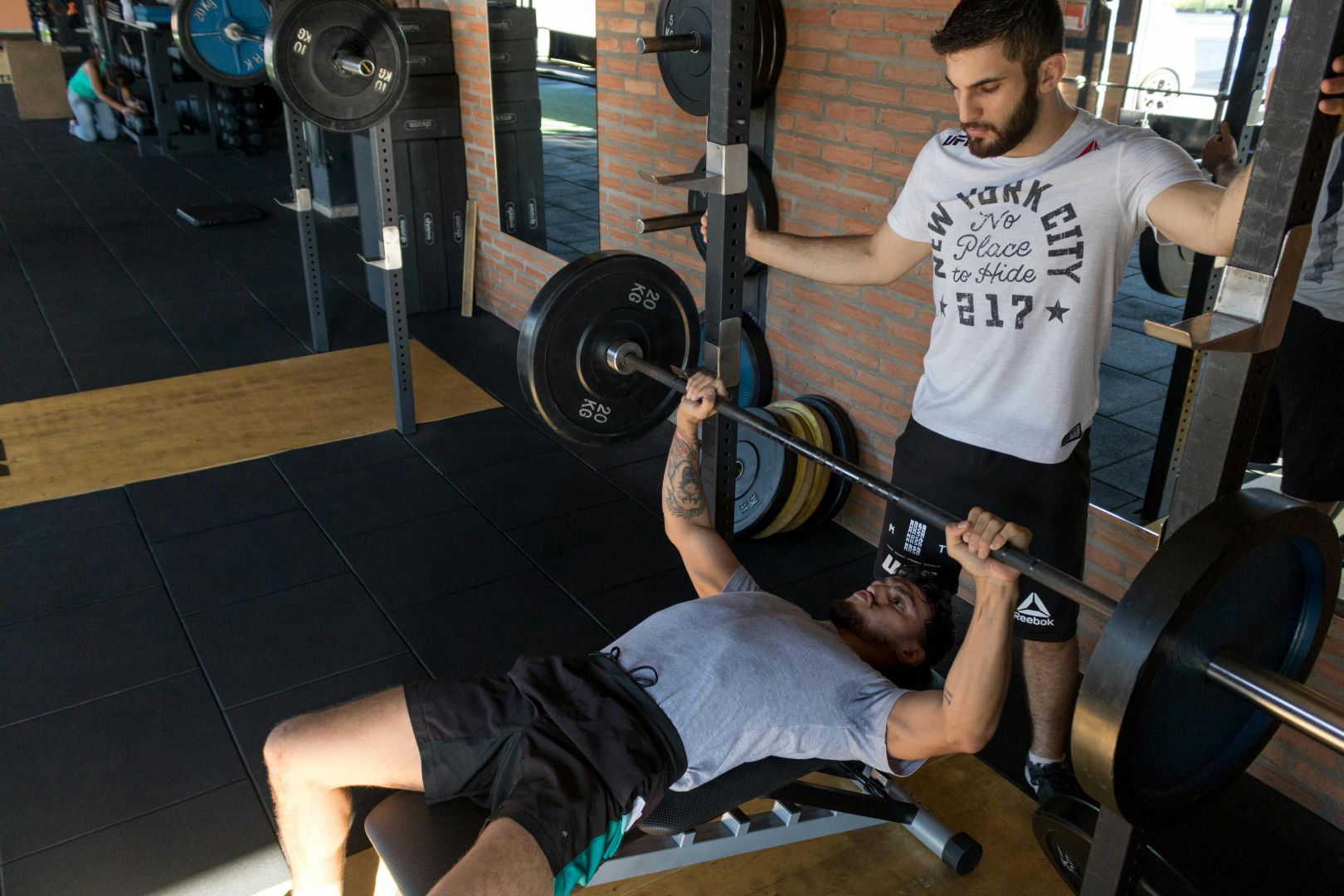The Importance of Neck Strengthening with CerviFit® After a Car Accident
Injuries sustained in car accidents can lead to various physical complications, particularly involving the neck. Whiplash, a common injury from such incidents, can result in pain, stiffness, and reduced mobility. Rehabilitation often emphasizes the need for strengthening neck muscles to restore function and prevent long-term issues. Programs like CerviFit focus on neck strengthening, which is vital for recovery and overall well-being.

What is a Letter of Medical Necessity (LMN)?
A letter of medical necessity is a document written by a healthcare provider to justify a specific treatment, device, or service for a patient. It explains why the prescribed intervention is essential for the patient’s health, detailing the diagnosis, treatment plan, and expected health benefits. Often required by insurance companies to approve coverage, this letter provides evidence that the requested service or product is medically necessary for the patient’s recovery or quality of life. It supports claims for treatments that might otherwise be considered elective or non-essential by insurers.

The Role of CerviFit in Recovery
CerviFit is designed specifically for neck and upper body strengthening. This program incorporates targeted exercises that not only build muscle strength but also improve posture and flexibility. For individuals recovering from a car accident, engaging in a structured program like CerviFit can facilitate healing by addressing the underlying muscular issues caused by injury.
1. Muscle Rehabilitation: CerviFit exercises focus on the sternocleidomastoid, trapezius, and other neck muscles crucial for movement and stability. Research shows that strengthening these muscles can significantly improve recovery outcomes (Schmitt et al., 2018). Strengthening weak or injured muscles can alleviate pain and enhance mobility.
2. Improved Range of Motion: After a car accident, many individuals experience reduced range of motion in the neck. CerviFit includes exercises that promote flexibility and mobility. According to a study by Côté et al. (2017), targeted neck exercises can lead to significant improvements in range of motion, enabling individuals to return to normal activities more quickly.
3. Postural Correction: Poor posture can exacerbate neck pain, especially after an injury. CerviFit emphasizes proper alignment and posture, which can help reduce stress on the neck muscles. Research has demonstrated that addressing postural issues is critical in managing neck pain and enhancing recovery (Huang et al., 2021).
4. Pain Reduction: Strengthening neck muscles can help distribute forces more evenly during movement, reducing the strain on injured areas. A systematic review by Simmonds et al. (2019) found that muscle strengthening significantly contributed to pain reduction in patients with chronic neck pain.
5. Prevention of Future Injuries: Engaging in a structured program like CerviFit not only aids in recovery but also helps prevent future injuries. By enhancing muscle strength and improving stability, individuals are better equipped to handle physical stresses and reduce the risk of reinjury (Li et al., 2019).

Understanding Whiplash
And Its Effects Whiplash occurs when the head is suddenly jerked forward and then backward, causing strain on the neck’s muscles and ligaments. Symptoms can include pain, headaches, and decreased range of motion. A study by Côté et al. (2016) indicates that many individuals experience chronic neck pain following whiplash injuries, highlighting the need for effective rehabilitation strategies. Strengthening the neck is essential to alleviate pain and restore functionality.

Conclusion
For individuals recovering from neck injuries due to car accidents, incorporating neck strengthening exercises through programs like CerviFit is essential. This approach not only aids in rehabilitation but also promotes long-term health and stability. By focusing on muscle strengthening, range of motion, posture, and pain reduction, CerviFit provides a comprehensive solution to neck rehabilitation. Ultimately, prioritizing neck health after an injury can lead to a quicker recovery and a more resilient body, ensuring individuals can return to their daily activities with confidence.

References
1. Côté, P., et al. (2016). "Whiplash: A Comprehensive Review of the Literature." *Spine*, 41(20), E1241-E1250.
2. Côté, P., et al. (2017). "Effectiveness of Exercises in Whiplash-Associated Disorders." *Journal of Rehabilitation Medicine*, 49(8), 685-691.
3. Huang, Y., et al. (2021). "Posture and Neck Pain: Implications for Rehabilitation." *Journal of Physical Therapy Science*, 33(3), 321-328.
4. Li, J., et al. (2019). "Exercise-Based Rehabilitation for Neck Pain: A Systematic Review." *Clinical Rehabilitation*, 33(5), 911-923.
5. Schmitt, M. A., et al. (2018). "The Role of Neck Strengthening in Rehabilitation after Whiplash Injury." *Archives of Physical Medicine and Rehabilitation*, 99(12), 2444-2450.
6. Simmonds, M. J., et al. (2019). "Effect of Strengthening Exercises on Neck Pain: A Meta-Analysis." *Physical Therapy Reviews*, 24(4), 192-201.

